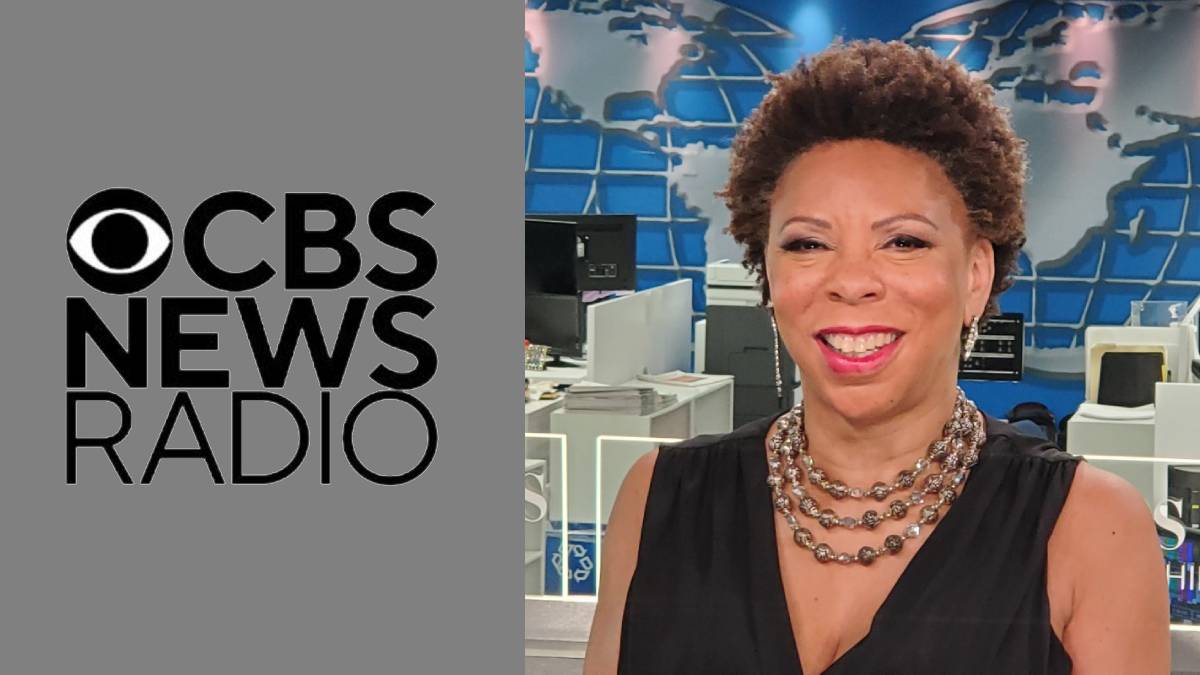Bias is the greatest problem facing media today, and it’s not just a result of newspapers trying to stay afloat in a sea of internet opinion platforms. As the great Carl Bernstein once said”
“The lowest form of popular culture – lack of information, misinformation, disinformation, and a contempt for the truth or the reality of most people’s lives – has overrun real journalism. Today, ordinary Americans are being stuffed with garbage.“
“Google’s already left-leaning news aggregator platform Google News skewed even more off the charts in 2023, according to a recent analysis.
“Media company AllSides latest bias analysis found that 63% of articles that appeared on Google News over two weeks were from left-leaning media outlets. By contrast, the number of right-leaning news sources picked up by Google News in 2023 was 6%.”
– Source: New York Post.
Wait, isn’t the New York Post a right-leaning paper? And who defines right and left anyway?
Yes, the New York Post is widely considered to be right-leaning and doesn’t claim otherwise. As you might expect, it was the only so-called major media source that reported this story. If you didn’t read it there because the Post is biased you probably didn’t see it anywhere.
How can we know who to trust and what to believe about anything?
Bias, like beauty, is in the eye of the beholder. If you agree with a particular viewpoint, it’s beautiful.
I recently retired after nearly 50 years of hosting radio news/talk shows and one of the reasons I bailed was that I just can’t face another Biden/Trump election. I’m far from alone. Recent polls show a large segment of the American public has Biden/Trump fatigue. But it’s not just the fact that we’ve all been there, done that, the question of biased reporting has soaked into our brains and we can’t find our way to truth through the maze of fake news, pontificating, exaggeration, and outright lies.
The U.S. Supreme Court seems as baffled by the problem as the rest of us. This past Monday justices heard what the BBC reported as “a landmark pair of cases that could fundamentally change the future of online free speech. At issue were challenges to Republican-backed laws passed in Florida and Texas limiting tech firms’ ability to remove political content they deem objectionable.
“Tech giants said the laws, passed after the 2021 Capitol riot, infringed on their right to editorial discretion.
“At times justices seemed unsure of how to apply existing law to tech firms.
“Industry groups have argued that the laws passed in Florida and Texas violated the right to free speech, which included the freedom of private companies to decide what content to publish on their platforms.
“Supporters of the laws say they protect the First Amendment rights of conservative users from censorship by what they imply are left-leaning tech companies.”
Dallas attorney and Constitutional law expert David Coale explains the Court’s dilemma.
“When the Supreme Court overruled Roe v. Wade in 2022, it drew an unprecedented amount of criticism for making a ‘political’ decision. Chief Justice Roberts is now trying harder than ever to write the Court’s major constitutional opinions in a seemingly nonpartisan way.“
Roberts commented, “I wonder since we’re talking about the First Amendment whether our first concern should be with the state regulating what we have called the modern public square.”
I asked Coale if the chief justice’s remark indicated his uncertainty.
“For sure. And there’s a real question lurking beneath Justice Roberts’ reference to ‘the modern public square.’
“A lot of our thinking about the First Amendment law is based on analogies to ‘media’ as it was understood in the 1790s: print newspapers, town squares, etc. But those analogies don’t hold up as well as they did even a few years ago. Print papers don’t think, but social media does. Algorithms feed everyone what they want to read. Predictably, biases get more entrenched. Bias has a different meaning now than it once did.”
If the polls on Biden-Trump fatigue are useful they give us, the news and talk media, a warning: it’s time we focus on helping listeners understand issues and stop beating them over the heads with one-sided arguments. More than any other medium radio, television, and local papers are the modern town criers; we conduct the daily meetings in the square.
News stations need to tighten up the information they deliver with clarity and transparency.
Talk hosts should continue to offer personal perspectives but do it in such a way as to invite curiosity and foster active rather than passive listening. Encourage listeners to think for themselves and inspire a desire to learn.
As strongly as we claim to want unbiased information we also need an unbiased consumer. We’re not going to get them by preaching to a partisan audience and encouraging social media battles. If radio cares about its future and the country’s welfare it would do well to encourage people to take the time to study issues and apply their open-minded judgment to facts rather than merely absorb well-crafted arguments by pundits and politicians who dodge questions.
When I was about 14 my father told me something that made it tough for me to do a talk show a few years later: “People say you have a right to your opinion, but that’s only half of it. You have a right to an informed opinion. If you don’t know what you’re talking about you should shut up.”
Dad was right. We need to reject bias where we find it. We need to help people listen, learn, and think. Let’s start with ourselves.









